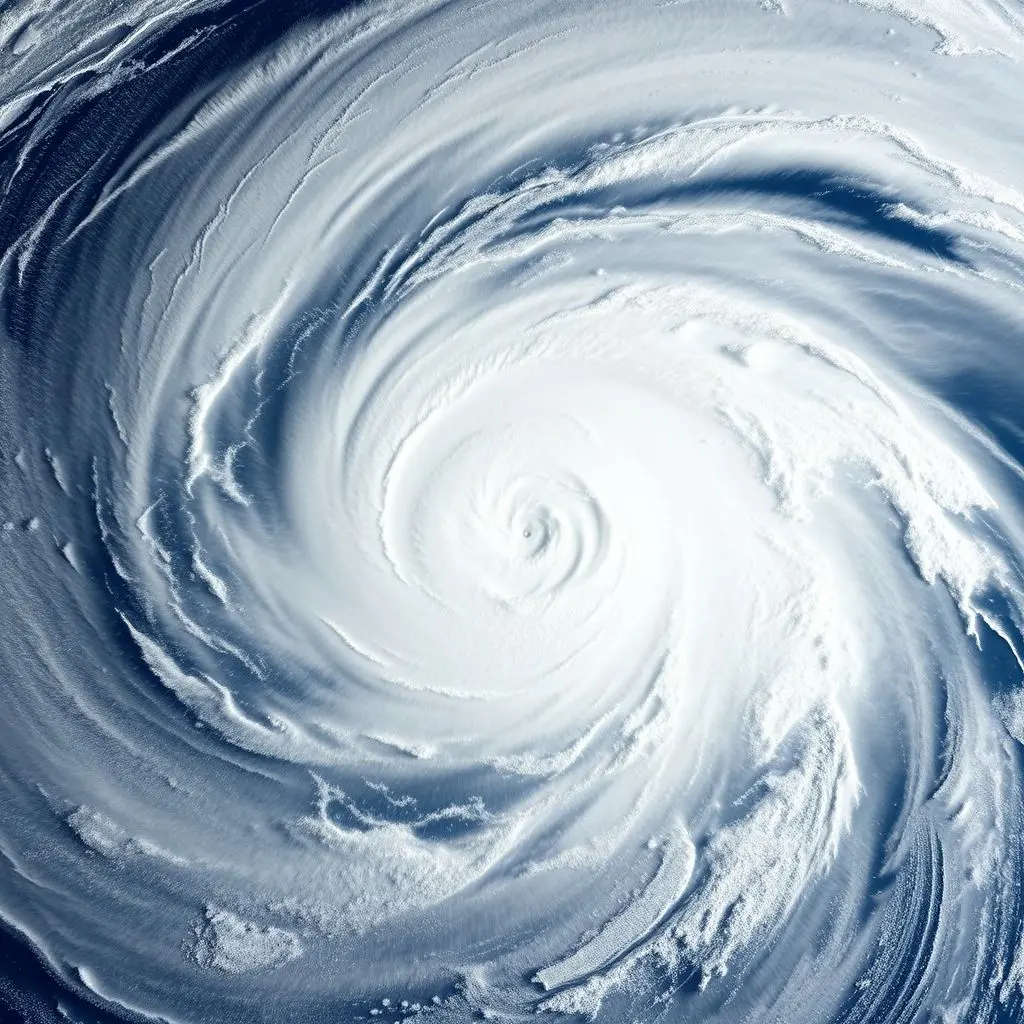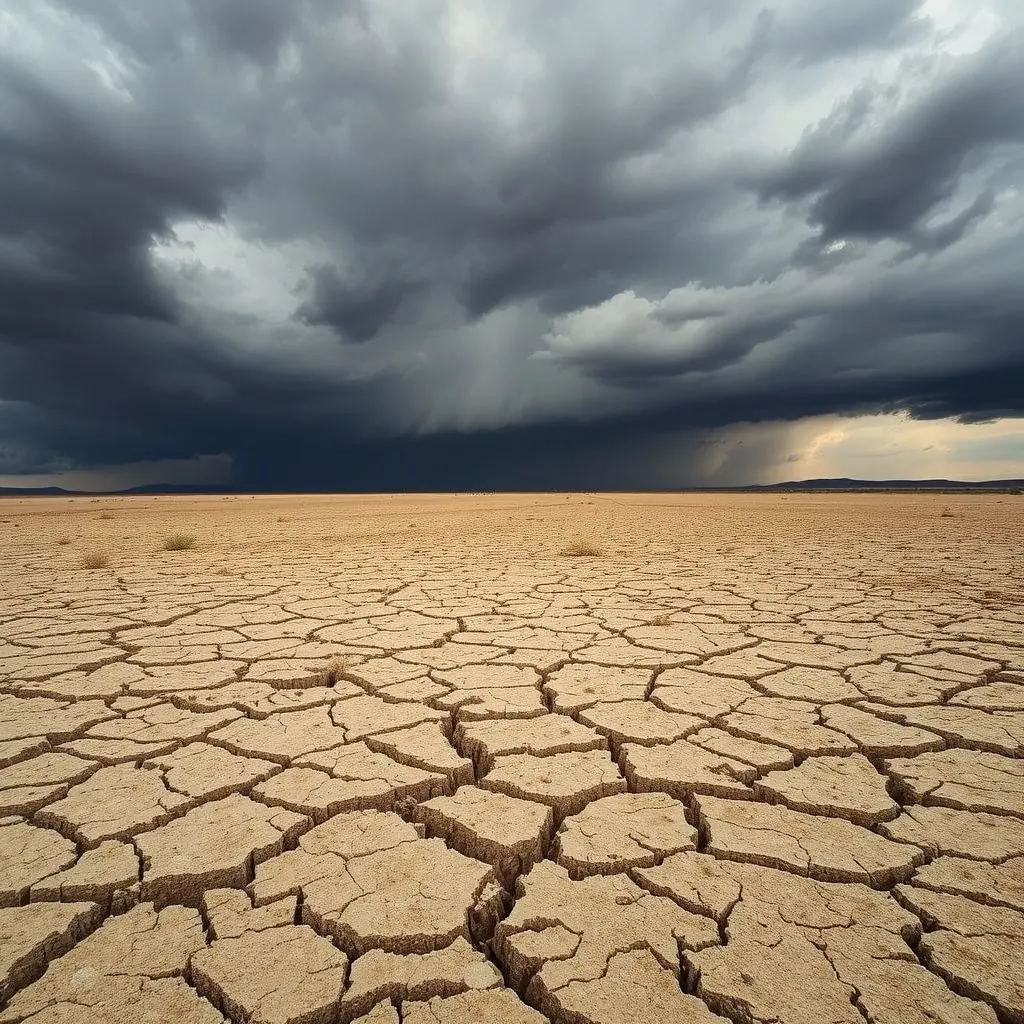Ever found yourself gazing up at a perfectly clear blue sky and wishing you could somehow bottle it for a rainy day? Or perhaps staring down a relentless storm, longing for the power to simply tell the clouds to take a break? For ages, the idea of dictating the weather remained firmly within the realm of fantasy and wishful thinking.
But what if we told you that influencing the skies isn’t just a plot point in a sci-fi flick anymore? Humanity has actually taken tentative steps towards nudging atmospheric conditions. We’re not quite at the point of ordering sunshine on demand globally, but the journey has certainly begun. From seeding clouds to conjure rain where it’s desperately needed to exploring audacious geoengineering concepts, the conversation around weather control is shifting from ‘impossible’ to ‘how’ – and perhaps more importantly, ‘should we?’
Before we dive deep into the complex possibilities and weighty ethical questions surrounding weather manipulation, take a moment to catch this quick visual primer. It gives you a snapshot of just how far the idea has come:
Table of Contents
The Humble Beginnings: Nudging Nature Along
While full-blown weather domination remains hypothetical, there’s one technique that has been around for decades and is actively used today: cloud seeding.
Think of cloud seeding not as creating weather, but rather as optimizing what’s already there. It’s based on the principle that clouds need tiny particles, called condensation nuclei (for water droplets) or ice nuclei (for ice crystals), to form precipitation. Sometimes, clouds have the potential for rain or snow but lack sufficient natural nuclei.
This is where seeding comes in. Aircraft or ground-based generators release substances like silver iodide (which has a crystal structure similar to ice), dry ice (frozen carbon dioxide), or hygroscopic salts (which attract water). These particles act as artificial nuclei, encouraging the water vapor within the cloud to condense or freeze around them, growing large enough to fall as precipitation.
Cloud seeding has been employed for various purposes, including:
- Increasing Rainfall/Snowfall: Primarily used in arid or semi-arid regions and mountainous areas to boost water supplies in reservoirs or snowpacks.
- Fog Dispersal: Particularly at airports, seeding cold fog can cause it to precipitate out, improving visibility.
- Hail Suppression: A more controversial application, aiming to reduce the size of hailstones in thunderstorms by creating many small ice crystals instead of a few large ones.
Despite its practical applications, cloud seeding isn’t a magic wand. Its effectiveness is debated and highly dependent on the specific cloud conditions. It can’t make rain from a clear sky; it can only potentially enhance precipitation from pre-existing clouds that are on the verge of raining anyway.

Beyond Seeding: Grand Visions of Geoengineering
If cloud seeding is like gently influencing a stream, some future concepts are more akin to attempting to redirect a river. The broader field often discussed in this context is geoengineering, which refers to large-scale interventions in the Earth’s climate system.
While much of geoengineering research focuses on combating climate change by reducing global temperatures (like reflecting sunlight away from Earth or removing CO2 from the atmosphere), some ideas touch directly upon manipulating weather patterns or mitigating extreme weather events. These are vastly more complex, expensive, and ethically fraught than cloud seeding.
Imagine scenarios like:
Attempting to Steer Hurricanes
Hurricanes are fueled by warm ocean water. Hypothetical ideas have ranged from cooling the ocean surface in a storm’s path (unrealistic scale needed) to disrupting the storm’s structure using directed energy or seeding agents on an unprecedented level. The energy involved in a hurricane is staggering, making such direct confrontation incredibly challenging and risky. Even minor miscalculations could send the storm towards populated areas it would otherwise have missed.
Currently, the most practical approach remains accurate forecasting and timely evacuation, not redirection.

Ending Persistent Droughts
While cloud seeding offers minor local enhancements, ending regional or continental-scale droughts would require altering large-scale atmospheric circulation patterns. This is currently far beyond our technological grasp and understanding. Attempting to shift weather systems could have unintended and potentially devastating consequences for other regions that rely on those same patterns for their rainfall.

Suppressing Severe Storms
The intense energy dynamics of thunderstorms, which can spawn tornadoes and massive hail, make them incredibly difficult to control. While some historical research looked into methods like using shockwaves or targeted seeding, these proved largely ineffective or impractical on the scale required to neutralize a significant storm system.
The Immense Potential Power…
The allure of true weather control is undeniable. Imagine the benefits:
- Saving Lives and Property: Redirecting a hurricane from a coastal city, preventing devastating floods, or mitigating deadly heatwaves.
- Boosting Agriculture: Ensuring timely rainfall for crops in drought-prone areas, potentially feeding millions more people.
- Generating Renewable Energy: Perhaps enhancing wind patterns in specific locations for wind farms or ensuring sunny days for solar arrays.
- Disaster Relief: Clearing fog for air travel during emergencies or creating temporary clear zones for rescue operations.
The power to influence weather on a significant scale feels like stepping into the role of a benevolent force, capable of mitigating some of nature’s harshest impacts.

…And The Terrifying ‘Uh Oh’ Potential
But with immense power comes immense responsibility, and the risks associated with large-scale weather modification are perhaps even more significant than the potential rewards. This is where the ‘opening Pandora’s box’ analogy feels particularly apt.
- Unintended Consequences: The Earth’s atmosphere is a complex, chaotic system. Altering weather in one place could have unpredictable ripple effects elsewhere. Causing rain in one region might mean drought downstream or in a neighboring country. We simply don’t understand the global atmospheric system well enough to predict all outcomes.
- Ethical Minefield: Who gets to decide what the weather should be? If one country creates rain, potentially depleting moisture that would have fallen elsewhere, isn’t that a form of resource control, or even conflict? Could weather modification become a weapon?
- Ecological Impacts: Changing precipitation patterns or temperatures, even locally, could disrupt ecosystems, affect biodiversity, and alter natural cycles in ways we can’t foresee.
- Cost and Governance: Implementing large-scale geoengineering would be astronomically expensive. Who pays? And more importantly, who governs its use? There is currently no international framework to regulate such technologies, raising fears of unilateral, potentially dangerous actions by individual nations or entities.
- The ‘Moral Hazard’: Relying on potential technological fixes for weather extremes might reduce the urgency to address the root cause: climate change driven by greenhouse gas emissions.

Frequently Asked Questions About Weather Control
Q: Is weather control technology currently being used on a large scale?
A: No. The only method in active use is cloud seeding, which is a localized effort to enhance existing precipitation, not control weather patterns broadly. Large-scale geoengineering for weather modification remains theoretical or experimental, primarily due to technical hurdles, cost, and significant risks.
Q: Can we stop hurricanes with technology right now?
A: No. The energy in a hurricane is immense, far exceeding our current ability to dissipate or redirect it effectively or safely. Research into potential methods exists, but it’s speculative and faces enormous practical and ethical challenges.
Q: Is China controlling the weather?
A: China has the world’s largest cloud seeding program, primarily aimed at increasing precipitation in drought-prone areas and clearing skies for major events. While extensive, this is still cloud seeding – enhancing existing conditions – not true large-scale weather control as depicted in fiction (e.g., creating storms or changing jet streams).
Q: What are the biggest risks of pursuing weather control?
A: The primary risks include unintended consequences (negatively impacting weather elsewhere), ethical dilemmas (who decides? potential for conflict), ecological disruption, lack of global governance, and the moral hazard of potentially distracting from climate change mitigation.
Where Do We Go From Here?
The possibility of gaining some level of control over the weather is a concept loaded with both exhilarating potential and profound peril. Current technology allows for minor local influence like cloud seeding, but the leap to steering global weather systems or mitigating extreme events is vast and fraught with complexity.
As research progresses, driven perhaps by the increasing urgency of climate change impacts, the line between science fiction and reality may continue to blur. However, simply possessing the technological capability isn’t enough. The global community must grapple with the monumental ethical, environmental, and geopolitical questions raised by manipulating the forces of nature. Proceeding without deep understanding, careful international cooperation, and robust ethical frameworks would be a gamble of unprecedented scale. The future of weather control, if it arrives, demands not just scientific ingenuity, but collective wisdom and restraint.




